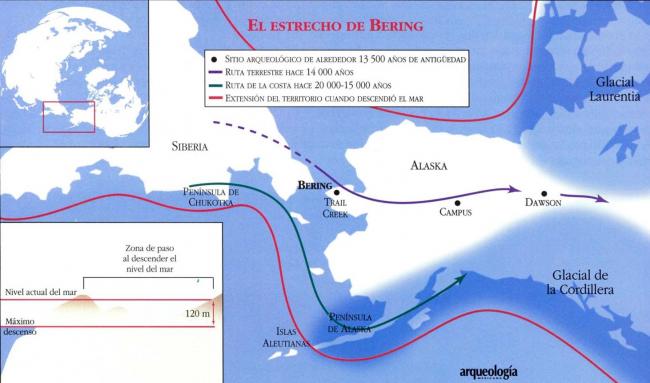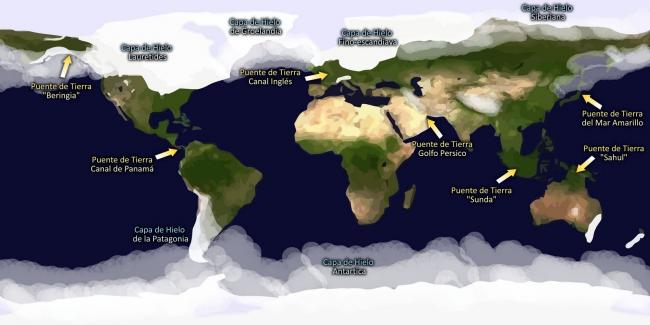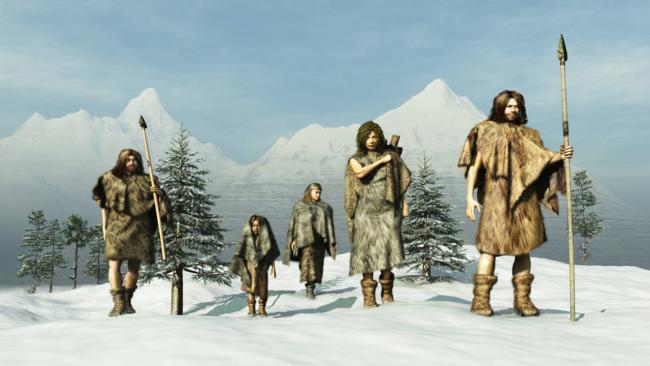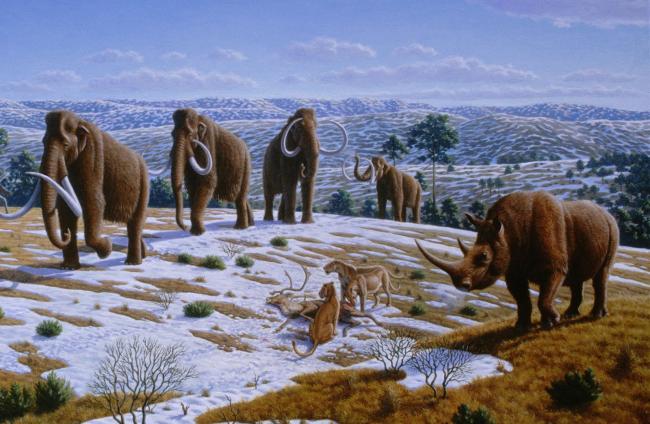Between 120,000 and 10,500 years ago, at the end of the Pleistocene, there were major climatic alterations, causing changes in the behavior of flora and fauna ecosystems. Later, the last glacial peak, which occurred between 22 000 and 14 000 years ago, merged the two main glacial centers in the northwest of the American continent, specifically where Alaska is today.
The glaciers were no longer thick ice sheets, between 3 000 and 4 000 meters thick, covering the entire north of the continent. During this time and due to the presence of this great mass of ice, radical changes took place in the climate of many regions, among them the variation in tropical rainfall, in the atmospheric composition and in the circulation of the air, with which very different environments were generated from the present ones.
The Bering Strait
Among those radical changes in this glaciation process, it is what was related to the population of America, the descent in the sea level that uncovered the superficial areas, thus creating land bridges where the Bering Strait is today, which allowed the passage of men and animals from Asia to America and vice versa.
The advancing ice and colder conditions forced plants, animals and man to migrate south to warmer lands. In the southern United States, Florida, Mexico and Central America, in other words, the lands that were free of ice, except in the high mountains.





